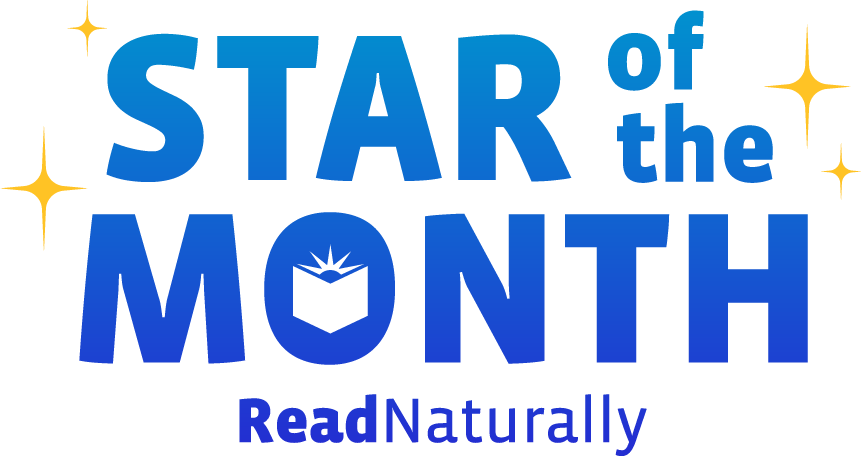Comprehension gives the act of reading a purpose and opens the door to enjoyment of reading. Indeed, deriving meaning from text is why we bother reading at all! Yet comprehension can be a struggle for any student, but often it’s especially challenging for multilingual students. What can we do to set them up for success in Read Naturally Live and Read Naturally Live—Español?
Read more We're closing in on winter break, so naturally your students are calm, on-task, and doing their best learning... right?
More likely, they seem to have entered "break mode" a few days ago. We know how these things go. That's why we've pulled together some recommendations to: 1) get you through the rest of 2024, and 2) keep your students reading over the break.
Read more Congratulations to Leyla, our December Star of the Month! Leyla is an 11th grader at Rock Brook School in Skillman, New Jersey, who has used Read Naturally's GATE program to transform from a non-reader into a reader! Here is what her teacher, Ms. Rina, shared about her:
Read more Are your students inexplicably saying the numbers 6 and 7 all day? Whether they’re 6 or 7 years old, in 6th or 7th grade, or 67, Read Naturally has appropriate content for them!
Read more Regardless of where kids are on their reading journey, there are countless ways to keep them reading all winter long. Here are some easy ideas for kids to try at home or for teachers to incorporate into the classroom. The free printables in this post will also make a great packet to send home over winter break!
Read more When it comes to teaching children to read, the importance of a quality phonics program cannot be overstated. With so many options available, it can be challenging to determine which program will best suit the needs of your students.
Read more Children around the country will be asked the same question several times this week: What are you thankful for? While some children will take the time to pause and give a thoughtful answer, many will just answer the question quickly (“I’m thankful for my family and friends”) without taking the time to consider the meaning of what they’re saying. In fact, many adults will do the same thing.
Read more Many students need extra phonics support to build a solid foundation for reading success. Developing solid phonics skills can be a long journey, with students in the same groups or classes each requiring focus on different elements and needing varying levels of support. Teachers face the challenge of addressing each student’s unique needs within the same classroom, often with limited time built into their schedule to do so.
Read more Congrats to Jayleigh, our November Star of the Month! Jayleigh is a 4th grader at Foster Dual Language School in Arvada, CO who has made exceptional gains in just a short time using Read Naturally! Here is what her teacher, Ms. Huebner, wrote about her:
Read more After analyzing over 30 years of Read Naturally data, we know this for sure: The more stories students pass, the more they improve. The quickest path to reading competency is to successfully complete as many stories as possible. And yet, you probably have a few students who prefer to work at a leisurely pace--unconcerned with how many stories they're passing each week. How can you motivate these students to pick up the pace?
Read more  Share your student’s success story—nominate him or her for our Star of the Month award. Win a Barnes & Noble gift card for the student and a Read Naturally gift certificate for your class!
Share your student’s success story—nominate him or her for our Star of the Month award. Win a Barnes & Noble gift card for the student and a Read Naturally gift certificate for your class!